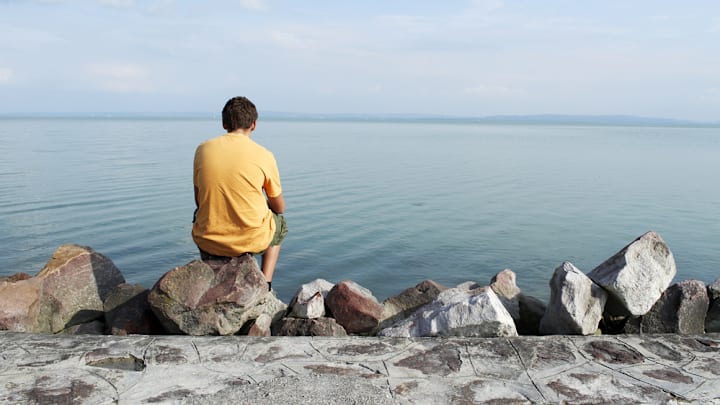The Art of Doing Nothing (and Why It Might Save Your Sanity)

Modern life runs on speed. Deadlines, pings, and perfectly curated chaos stream into our days like an endless tide of urgency. Hustle culture pats us on the back for being “booked and busy,” while the idea of doing nothing feels… scandalous. Lazy, even. But what if doing nothing is exactly what we need?
Let’s get something straight: doing nothing doesn’t mean being useless. It means being still. It means existing without producing, fixing, scrolling, or proving. In a culture obsessed with performance and productivity, reclaiming idleness might just be the most radical form of self-care there is.
Lost in the Cult of Busyness
There’s a strange pride we take in being overwhelmed. Ask someone how they are and you're likely to hear, “Ugh, so busy,” as if exhaustion is a badge of honor. When did our worth become so entangled with our calendars?
This cultural obsession with busyness isn’t just stressful—it’s deceptive. It tells us that the only time that matters is time spent doing. But some of the best ideas, most restorative moments, and deepest human insights come from spaciousness. From staring out a window. From being gloriously, unapologetically idle.
Remembering How to Be Bored
Boredom has become an endangered species. We’ve replaced it with infinite feeds, podcast playlists, and five-minute TikTok wormholes. Waiting in line? Scroll. Lying in bed? Scroll. Even our “relaxation” time is often packed with input.
But boredom has a secret superpower: it breeds creativity. Ever notice how the best ideas often come when you’re doing nothing at all—walking the dog, driving in silence, or lying on the couch with a blank stare? That’s because your brain finally has space to wander, connect dots, and imagine new things.
We need to reclaim boredom. Not the endless scrolling kind, but the analog, old-school kind—where your mind roams freely like a kid in a backyard with no supervision. That’s where the magic happens.
The European Approach to Stillness
Take a walk through a sleepy Italian town in the early afternoon and you’ll see something rare: stillness. People sipping espresso. Shopkeepers chatting. A general willingness to exist slowly. No guilt, no rush.
In many parts of Europe, leisure isn’t an indulgence—it’s a lifestyle. Long lunches, midday siestas, and evening strolls are all baked into the rhythm of the day. This isn’t laziness. It’s a recognition that life isn’t a checklist. It’s an experience to be savored.
Contrast that with our caffeine-fueled morning meetings and “I'll sleep when I’m dead” mentality. We treat rest like a reward instead of a necessity. But the human body isn’t built to sprint endlessly. It needs cycles—of activity and recovery, of focus and idleness.
Creating Space in a Crowded Life
Doing nothing doesn’t require a cabin in the woods or a digital detox (though that sounds lovely, doesn’t it?). It can be as simple as sitting on your porch with no agenda. Taking a walk without your phone. Drinking coffee without checking your email. Saying “no” to plans just because you need some quiet.
Start small. Schedule an hour of nothing into your week. Put your phone in another room. Watch the sky change colors. Let your mind drift like a boat on still water. And when the itch to “get something done” creeps in, remind yourself: this is something. This is rest. This is healing.
When Stillness Feels Like a Revolution
In a world that worships speed, stillness is subversive. It challenges the idea that value is earned through exhaustion. It dares us to believe that we are enough, even when we are not producing a single thing.
So go ahead. Do nothing. Lie on the floor. Watch the clouds. Breathe without multitasking. And feel the beauty of simply being alive—not for what you’re achieving, but for the sheer fact that you are here.
Because sometimes, the most important thing you can do… is nothing at all.